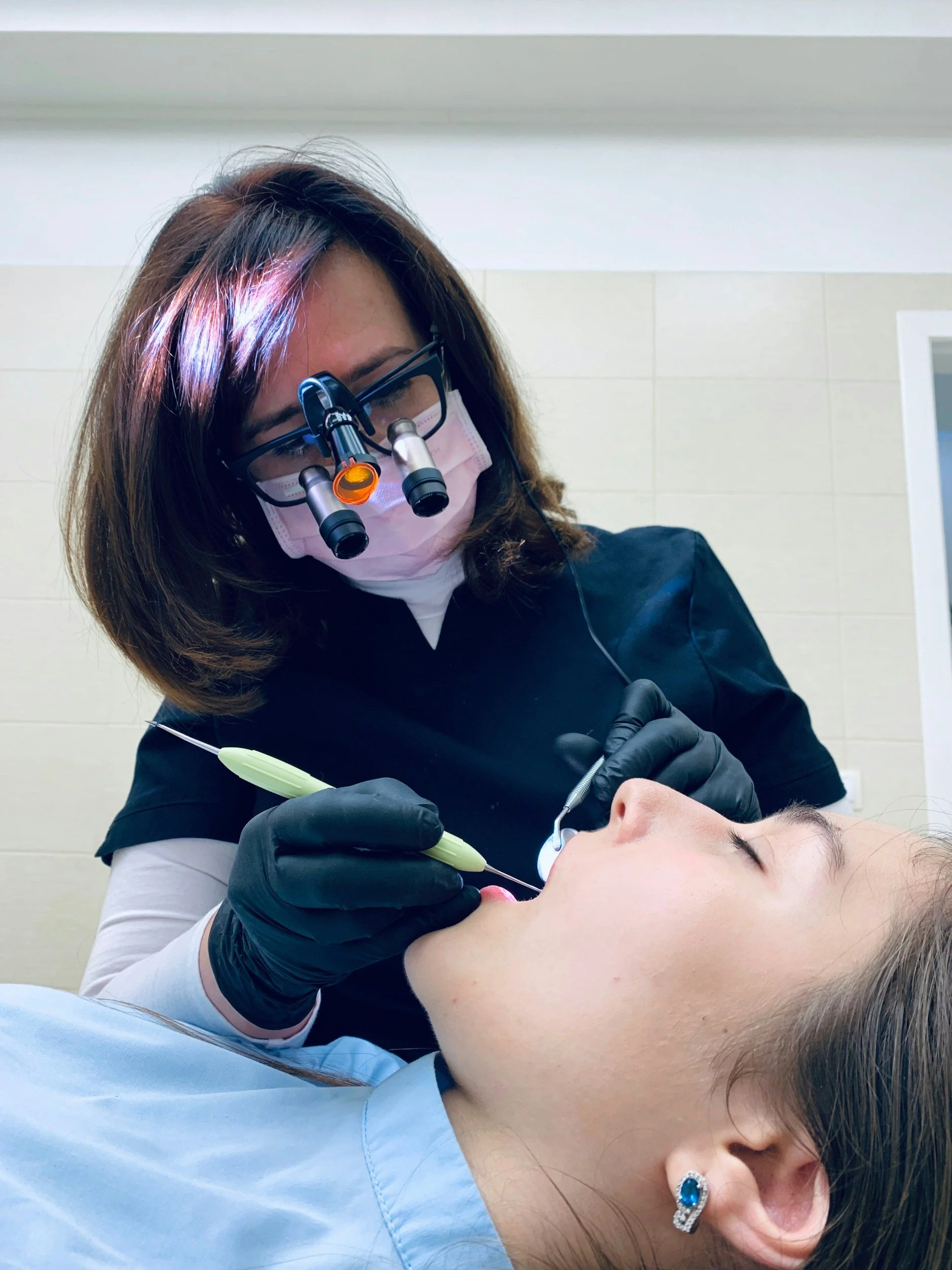Incontinence Products: A Comprehensive Guide to Choosing the Right Solution
Choosing the right incontinence product can be a serious challenge for new users. But with some research, you can find something that suits your needs and lifestyle.
We’ve prepared a comprehensive guide to different incontinence products and how to pick them.
Popular Incontinence Products
When discussing incontinence products, the first images that spring to mind are those of adult diapers.
Adult diapers are diapers intended for grown-ups. These wearables resemble regular baby diapers except for their size and (sometimes) fancy designs. They’re also known as incontinence briefs, which denote their designation for persons with incontinence issues.
Adult diapers are available in multiple styles. Popular options include tab-style diapers and pull ups for adults.
Tab-style diapers are the more common of the two incontinence brief designs. They’re instantly recognizable for their tab enclosures that you can open and close during routine diaper changes.
Tab-style diapers are excellent for users with reduced physical mobility, or those who require help changing their incontinence briefs. That said, these products are remarkably easy to wear and take off.
Meanwhile, adult pull-up diapers resemble traditional underwear. To wear these diapers, insert your feet into the leg openings and pull them up your waist. The briefs have a tearable side panel allowing quick and easy removal.
Adult pull-up diapers are ideal for wearers who can easily change their nappies. Their underwear design lets them blend discreetly into your other undergarments.
Besides tab-style and pull-up diapers, incontinence briefs may also fall into the following categories;
1. Male versus Female Adult Diapers
Most incontinence briefs are unisex.
Genderless adult diapers are ideal for senior couples living with incontinence. Either spouse can go shopping for these wearables without sex considerations. They only need to understand their partner’s waist sizes.
However, gender-specific adult diapers also exist. These briefs differ primarily in the setting of the absorbency material.
Incontinence briefs for men have the absorbency layer positioned in the front of the diaper to correspond with the male genitalia. They’re commonly contrasted with female adult diapers, where the absorbency layer tends to be concentrated at the diaper’s undersides.
2. Urinary Incontinence versus Bowel Incontinence Adult Diapers
Adult diapers have earned their fame among seniors with urinary or bladder incontinence. However, users with bowel/fecal incontinence may also benefit immensely from these products.
As with gendered briefs, the core distinction between adult diapers for urinary and bowel incontinence is the position of the absorbency layer.
Diapers designed exclusively for bladder incontinence have absorbency material concentrated in the undersides (for females) or the front (for males).
In contrast, bowel incontinence diapers have the absorbency layer from the backside to the underside (for females) or from the backside to the front (for males).
3. Disposable versus Reusable Diapers
Disposable incontinence briefs are diapers that you discard after the first use. They’re also known as single-use diapers and differ from reusable briefs, which you can wash and wear for weeks before throwing away.
A disposable adult diaper is suitable for mild-to-moderate incontinence, which experts define as a daily leak between 0 and 74 grams. These wearables may also come in handy when on a long trip, as you don’t have to worry about stuffing a soiled brief in your suitcase.
Comparatively, reusable adult diapers will serve you best if you suffer from severe incontinence (74+ grams of leakage per day). Such briefs are also more affordable than their disposable counterparts.
A single reusable diaper can last several weeks, provided that it’s made from a robust fabric material.
Picking the Best Adult Diaper
A diaper’s suitability depends on its design, disposability, gender-specificity, and the type of incontinence it’s designed for. But in the final analysis, you want a brief that can snugly fit around your waist.
Oversized diapers are less discreet and more prone to leakage. Conversely, undersized diapers can cause chafing and skin irritation.
Measure your waist and thigh size before heading to an incontinence store. Then, use the shop’s diaper size chart to pick a product closest to those measurements.
It’s also prudent to choose adult diapers with thicker absorbency layers.
Remember the fabric the brief is constructed from. Insist on natural materials like cotton, wool, and bamboo. Besides being easier on your skin, such fabrics pose minimal risks to the environment due to their biodegradability.
Last but not least, avoid adult diapers containing harmful toxins like polychlorodibenzo-p-dioxins (PCDDs).
Other Incontinence Products
1. Booster Pads
Booster pads are pads intended to be worn inside of adult diapers. These aren’t standalone incontinence products. Rather, they help enhance the absorption rate of regular briefs.
An average booster pad can improve the absorption capacity of regular adult diapers by up to 20 ounces. That may translate into several hours of dryness.
2. Penile Sheaths
Also known as condom catheters or uridomes, penile sheaths are soft, flexible sleeves worn over the penis to aid bladder incontinence.
Penile sheaths feature an anti-reflux bulbous end that stores urine temporarily before emptying it.
3. Catheters
A catheter is a tube that drains urine effortlessly from the bladder.
Catheters are commonly inserted after having bladder surgery. Like penile sheaths, the tubes are ideal for managing temporary incontinence.
Final Word
Incontinence products come in many shapes and forms. Your choice depends on your specific needs. Factors like your incontinence type, waist size, and lifestyle should all be considered when shopping for a suitable incontinence product.








